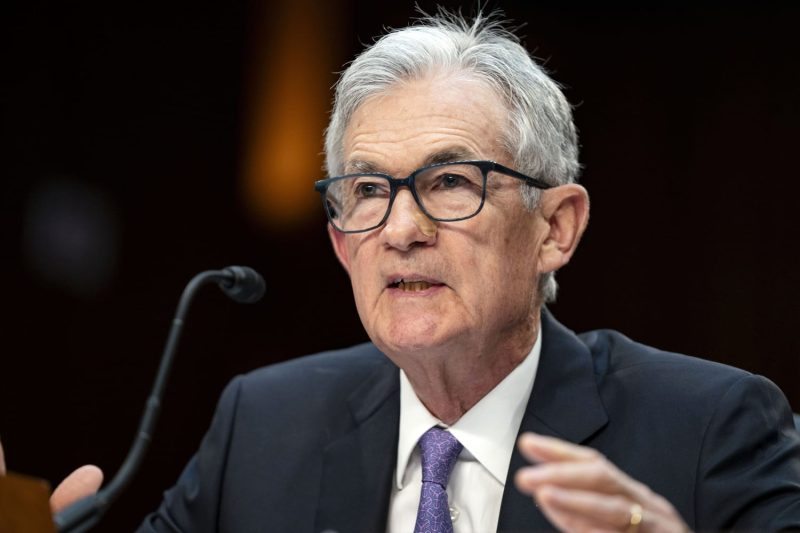In a recent statement, Federal Reserve Chair Jerome Powell emphasized the importance of maintaining a balanced approach when setting interest rates. Powell acknowledged the need for caution, highlighting that holding rates at high levels for an extended period could have negative consequences on economic growth. This cautious stance reflects the Fed’s ongoing efforts to support the economy while also monitoring inflation and employment indicators closely.
One key consideration in the Fed’s decision-making process is the potential impact of high interest rates on borrowing costs for businesses and consumers. When rates are too high for an extended period, companies may be deterred from investing in new projects or expanding their operations. This can lead to reduced economic activity and slower growth, ultimately hindering job creation and wage growth.
Additionally, high interest rates can also have implications for consumer spending and overall demand in the economy. When borrowing costs are elevated, consumers may be less inclined to take out loans for major purchases such as homes, cars, or appliances. This decrease in consumer spending can further dampen economic growth and limit the overall momentum of the economy.
Powell’s remarks underscore the importance of finding the right balance when setting interest rates. By carefully considering economic data and monitoring key indicators, the Fed aims to support sustainable growth while also keeping inflation in check. This delicate balancing act requires a nuanced approach that takes into account a wide range of factors impacting the economy and financial markets.
Looking ahead, Powell and the Federal Reserve will continue to assess incoming data and adjust monetary policy as needed to support the economic recovery. By maintaining a flexible and adaptive approach, the Fed aims to navigate the evolving economic landscape and promote long-term prosperity for businesses and individuals alike.

